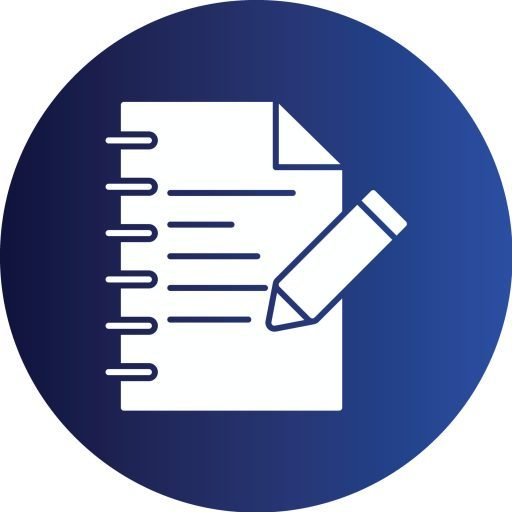Task summary:
Identify an important problem related to your subject area, explain its link to the world’s wider problems (using the SDGs) and explain and evaluate your proposed small-scale solution. Use the academic poster to convince the AU Foundation to fund your solution.
Assignment instructions:
For this task, you must produce an academic poster on describing your chosen problem and explaining your planned solution.
Content of your academic poster
Posters are used in the academic world to share information in an audiencefriendly way. Your task is to design a poster that provides key information about your problem and solution.
Your academic poster should include the following:
• An informative and interesting title.
• A brief outline of your chosen problem, citing relevant academic sources. Explain why your problem exists and why your reader should care about it. (250 words)
• An explanation of how it relates to the United Nations Sustainable Development Goals, citing relevant academic sources. Which of the world’s larger problems is your problem related to? (100 words)
• A description of your solution with an explanation of how you plan on spending the grant money. Demonstrate that you have considered how to spend your £1,000 budget (250 words)
• Explain how well you think your idea will work. What barriers can you predict in implementing your solution? Cite examples of similar projects or ideas to show yours will work. (200 words)
• A reference list in the AU Harvard style (not included in the word count).
Don’t forget that the academic poster is a summary of your proposed solution, so you only need to include key points.
Academic Poster Design Guidance
• Design your poster on ONE Microsoft PowerPoint slide (it is a poster, NOT a PowerPoint presentation). Academic Posters are typically A3 or larger. You may make your poster as large as you need to fit the 800 words, images and referenced list.
• You can use bullet points to ensure your points are concise.
• Your poster should be carefully designed to be accessible and interesting. Use a small number of carefully chosen images and pictures.
At least one to represent the problem and one to represent the solution.
• Examples of posters based on this assignment brief are available on iLearn to guide you in the Week 7 folder.
Learning outcomes (LO)
By completing this assessment, you will have shown and be assessed on all four of the learning outcomes:
LO 1 – Demonstrate good communication skills with appropriate use of digital media.
LO 2 – Conduct a defined investigation on a topic relating to the subject area by selecting organising and presenting information from a range of good quality sources.
LO 3 – Develop and evidence project management skills, reflecting on the process of conducting the investigation
LO 4 – (Graduate Attribute 2: Contextually Innovative) Solve given and clearly defined, carry out predefined and possibly innovative approaches and check and understand how the solution has solved the problem, reflecting on the solution achieved.
You will be graded based on how well you meet these learning outcomes. Your marker will use a rubric to grade your work, and you can find this on the “My Assessment” tab on the module iLearn page.

Guidelines and policies
You can find links to more useful information about the assignment and university policies below.
|
Word/time limit policy |
Click here to view the Arden University word count/time limit policy
|
|
Referencing guidelines |
Click here for Harvard referencing guidelines
|
|
Academic integrity and misconduct |
Click here to view Arden University’s policy on academic integrity and misconduct |
|
Statement on use of artificial intelligence on assessment |
Click here to view Arden University’s statement on the use of artificial intelligence on assessment |
|
Support information |
Click here to view guidance on how to apply |
for short-term extensions
Click here to view guidance on how to apply for extenuating circumstances
Please click here for link to academic skills team support

